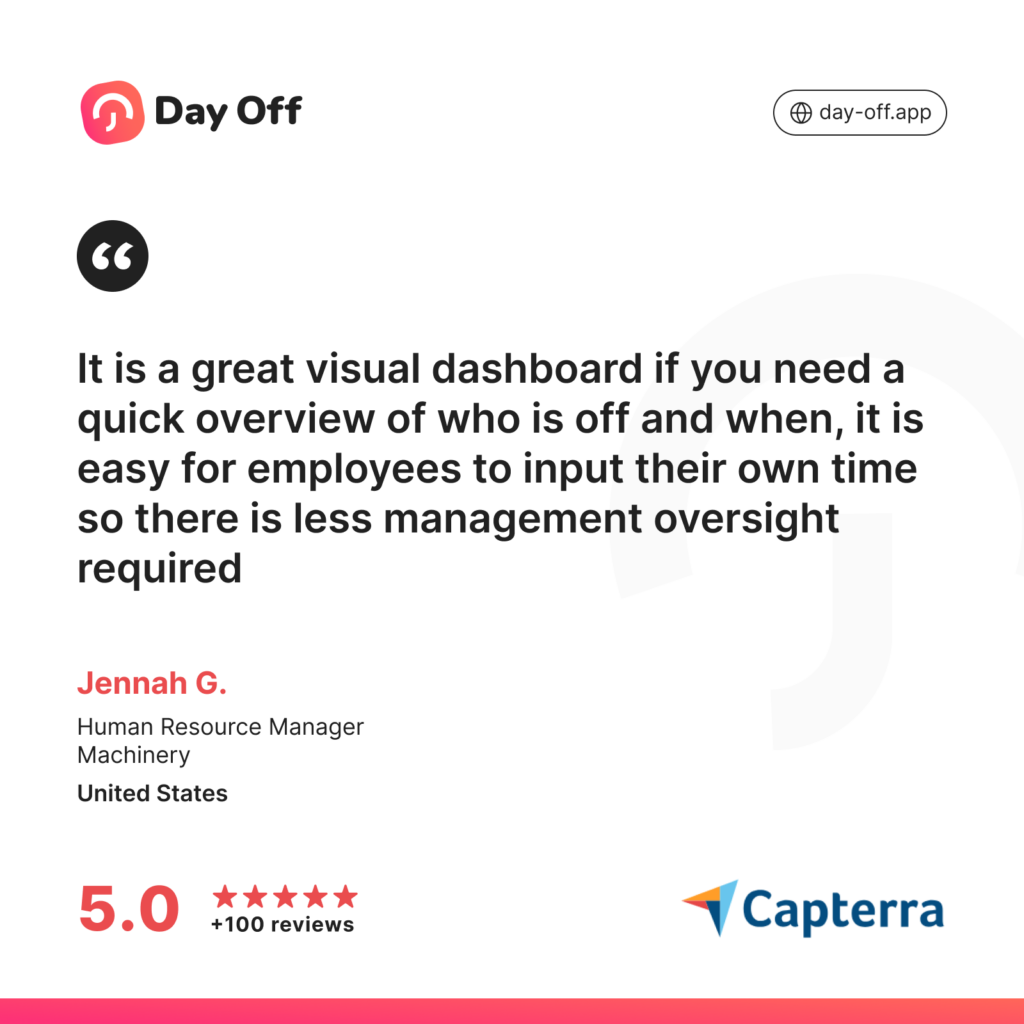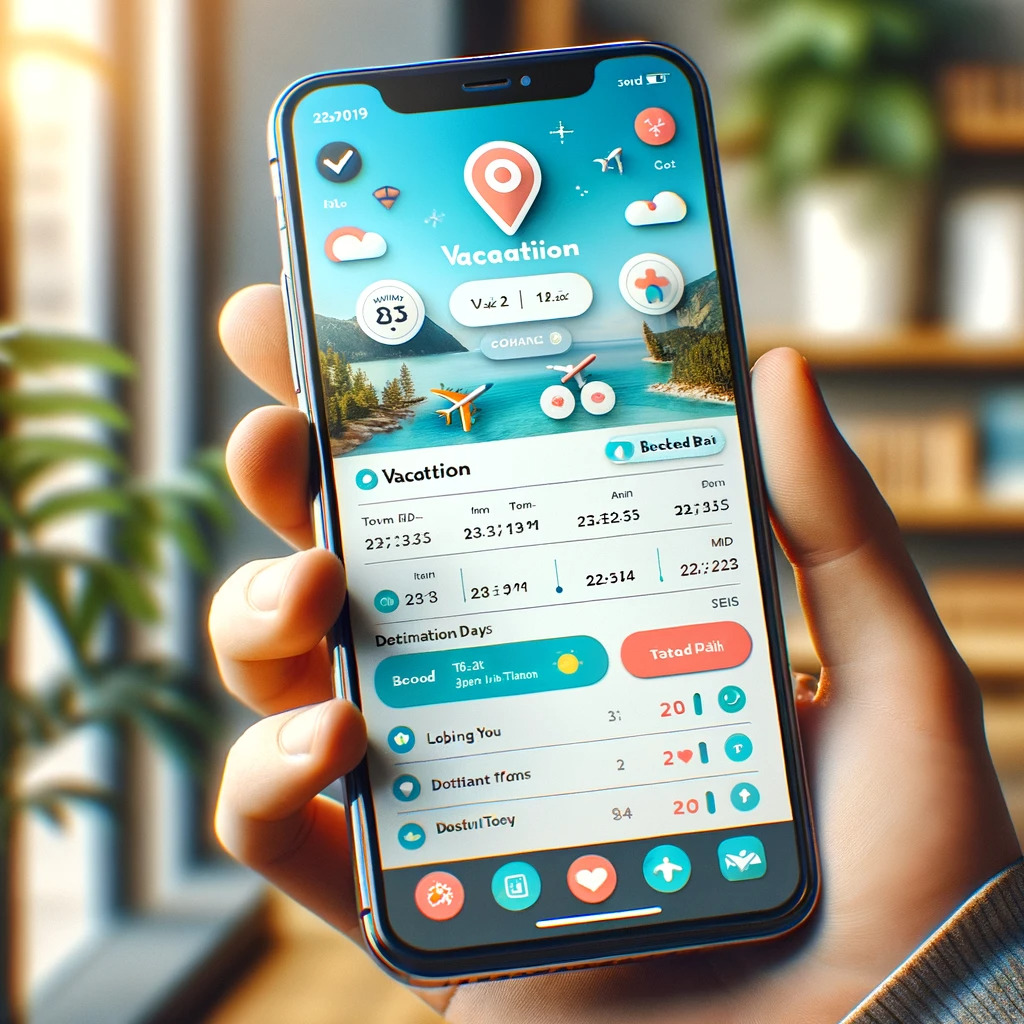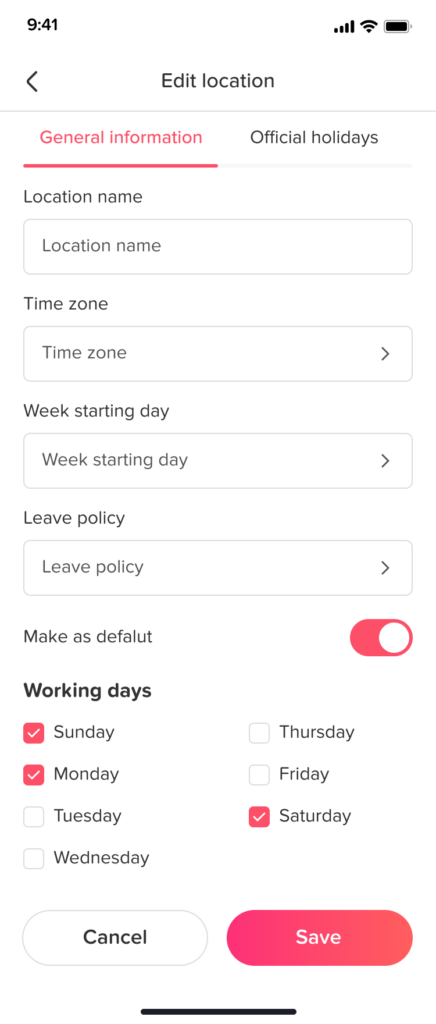Federal holidays in the United States are significant dates recognized by the federal government for commemorating important events and figures in American history and culture. These holidays are observed across the nation, with non-essential federal government offices closed, and federal employees generally receiving a paid day off. The observance of these holidays contributes to the nation’s cultural heritage and provides an opportunity for Americans to reflect, celebrate, and engage in various traditions.
2024 Federal Holidays list:
- New Year’s Day: January 1, Monday
- Birthday of Martin Luther King, Jr.: January 15, Monday
- Washington’s Birthday (Presidents Day): February 19, Monday
- Memorial Day: May 27, Monday
- Juneteenth National Independence Day: June 19, Wednesday
- Independence Day: July 4, Thursday
- Labor Day: September 2, Monday
- Columbus Day: October 14, Monday
- Veterans Day: November 11, Monday
- Thanksgiving Day: November 28, Thursday
- Christmas Day: December 25, Wednesday
These holidays offer a mix of historical commemorations and cultural celebrations, providing opportunities for Americans to engage in various activities including parades, memorials, family gatherings, and public festivities. Each holiday holds a unique place in the American calendar, reflecting the nation’s diverse history and traditions.
When a federal holiday falls on a Monday or Friday in the United States, it typically creates a long weekend for many Americans. This occurrence has several implications:
Extended Weekend for Federal Employees:
Federal government offices are closed on federal holidays. When these holidays fall on a Monday or Friday, it extends the weekend to three days for federal employees, who usually receive these days as paid time off.
Private Sector Impact:
While the private sector is not required to close for federal holidays, many businesses and organizations choose to align their holiday schedules with the federal calendar. This means that employees in the private sector may also get a long weekend. However, this is at the discretion of each employer, and some businesses, especially in the service sector, may remain open.
School Closures:
Public schools and most private schools are typically closed on federal holidays. When these holidays fall on a Monday or Friday, it results in a three-day weekend for students and school staff.
Travel and Leisure Activities:
Long weekends are popular times for travel and leisure activities. Many people take advantage of the extra day off to travel, visit family and friends, or engage in recreational activities. This can lead to increased travel volumes and busier tourist destinations.
Economic Impact:
Retail businesses often see an increase in sales during long weekends, as people have more time to shop. Conversely, companies that close for the holiday may experience a short-term reduction in productivity and output.
Cultural and Community Events:
Long weekends are often used for cultural and community events, such as parades, festivals, and commemorative ceremonies, especially when the holiday has historical or cultural significance.
Banking and Financial Markets:
Banks and financial markets in the U.S. are generally closed on federal holidays. When these holidays fall on a Monday or Friday, it can affect banking transactions, as well as domestic and international financial markets.
Public Services and Utilities:
Essential services, such as police, fire departments, and hospitals, continue to operate. However, some public services like garbage collection, public transport schedules, and postal services may be adjusted due to the holiday.
Overall, when a federal holiday falls on a Monday or Friday, it provides an opportunity for an extended break from the regular workweek, influencing various aspects of social, economic, and public life in the United States.











